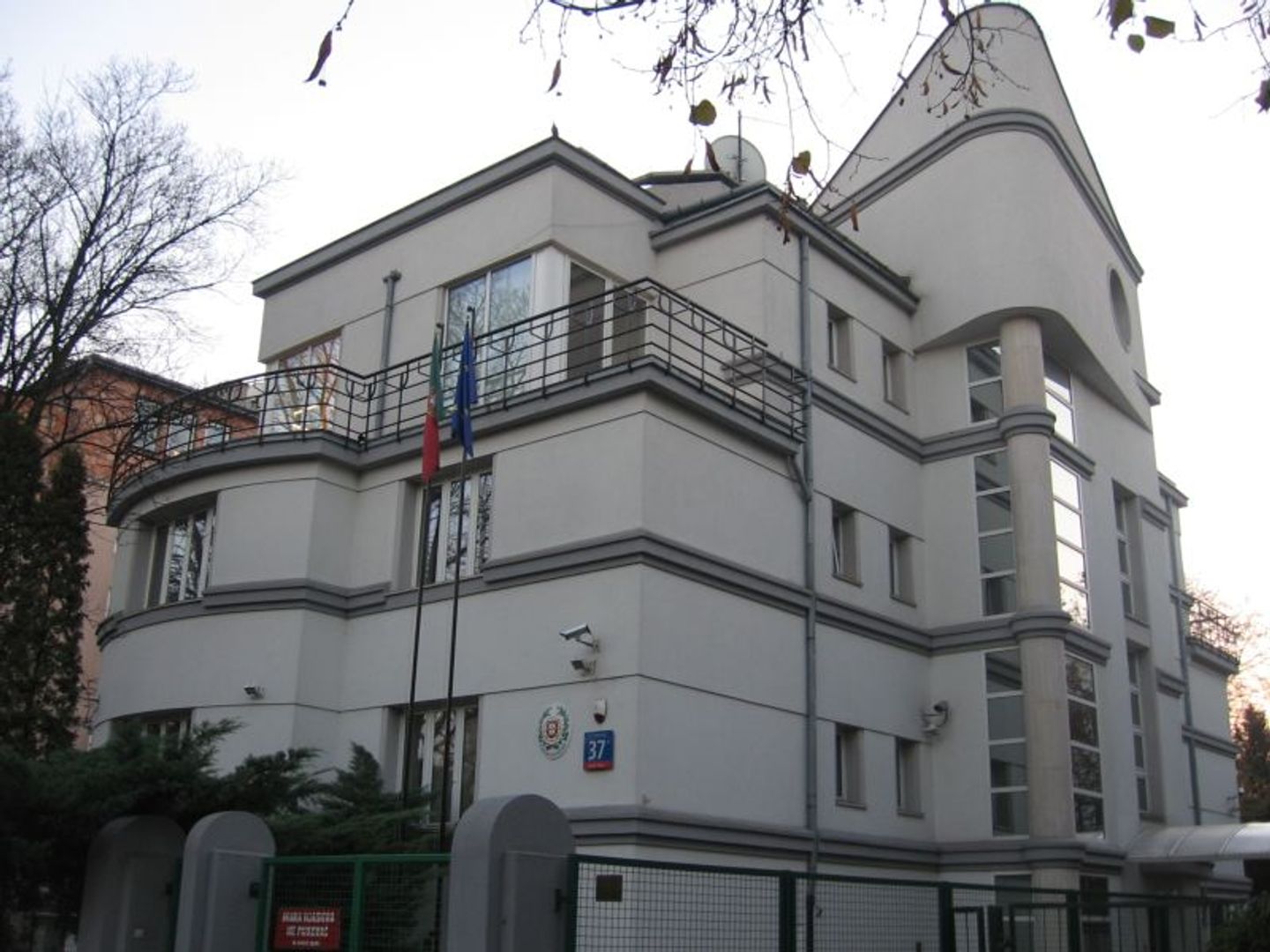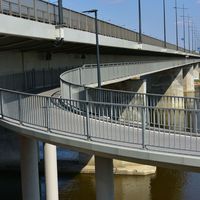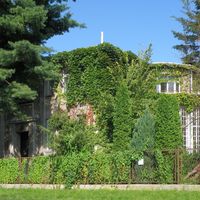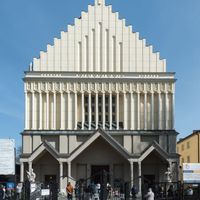Saska Kępa
8.34

Overview
Saska Kępa is a picturesque neighborhood in Warsaw, located on the right bank of the Vistula River in the Praga-Południe district. It stands out for its rich history, distinctive architecture, and vibrant cultural life. The history of the district dates back to the 14th century when it was part of Solec, and its name changed multiple times, reflecting its location by the river. In the 17th century, the area attracted Dutch settlers, and in the 18th century, King Augustus III Sas appreciated its recreational qualities, which contributed to it being named Saska Kępa.
The architecture of the district is predominantly villa-style, with preserved examples of interwar and modernist designs, reflecting the garden city concept. During the Polish People's Republic, urban changes were introduced, but they did not erase the district's character. After World War II, Saska Kępa was one of the least damaged parts of the city.
Cultural life in Saska Kępa has been enlivened by festivals, concerts, and the artistic activities of local creators, reflecting the diverse lifestyle of its residents. The neighborhood is also home to numerous sculptures and memorial plaques honoring famous figures associated with its history.
An interesting fact is that Saska Kępa witnessed the evacuation of East German citizens in 1989 and was once considered for hosting world exhibitions in the 19th century, though these plans were never realized. Today, Saska Kępa combines residential, recreational, and cultural functions while preserving its historical character and serving as an important landmark on the map of Warsaw.
Location
Tickets
Powered by GetYourGuide
You can also find here:

Parish of Our Lady of Częstochowa in Warsaw
7.04
Prague South, Warsaw

Poniatowski Bridge
6.57
Prague South, Warsaw

Łazienkowski Bridge
6.44
Prague South, Warsaw

Katowice Street in Warsaw
6.09
Prague South, Warsaw

Corpus Christi Parish in Warsaw
6.09
Praga-Północ, Warsaw

Parish of Our Lady of Perpetual Help in Warsaw
6.06
Prague South, Warsaw
0
Prague South, Warsaw
2025 Wizytor | All Rights Reserved